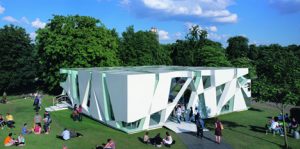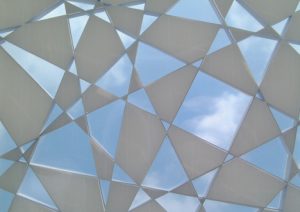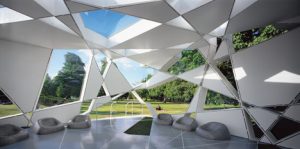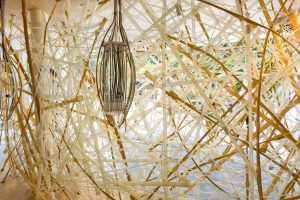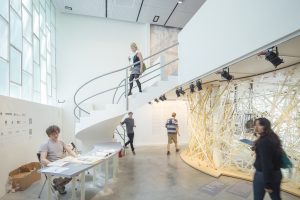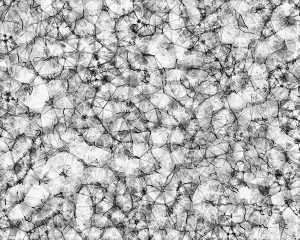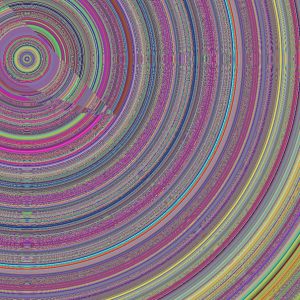
While looking for pieces that exemplified computation, randomness, and creativity, I stumbled upon a website called random-art.org. The website features a gallery of (literally) random art. All of the pieces are created from a computer program (ocaml) that generates an image based on whatever word a user types in. In other words, the name given to the picture is the starting point for the program to compute a formula that determines the image’s colors and pixels. However, the same word or name given always yields the same image, because it determines the same sequence of random choices that make up the picture.
This project is pretty cool (and random) because it takes a new approach to making computational art that makes it simple enough for anyone to take part in.
You can even make your own random picture here and upload it to the random art gallery!
![[OLD – FALL 2016] 15-104 • COMPUTING for CREATIVE PRACTICE](../../../../wp-content/uploads/2020/08/stop-banner.png)
